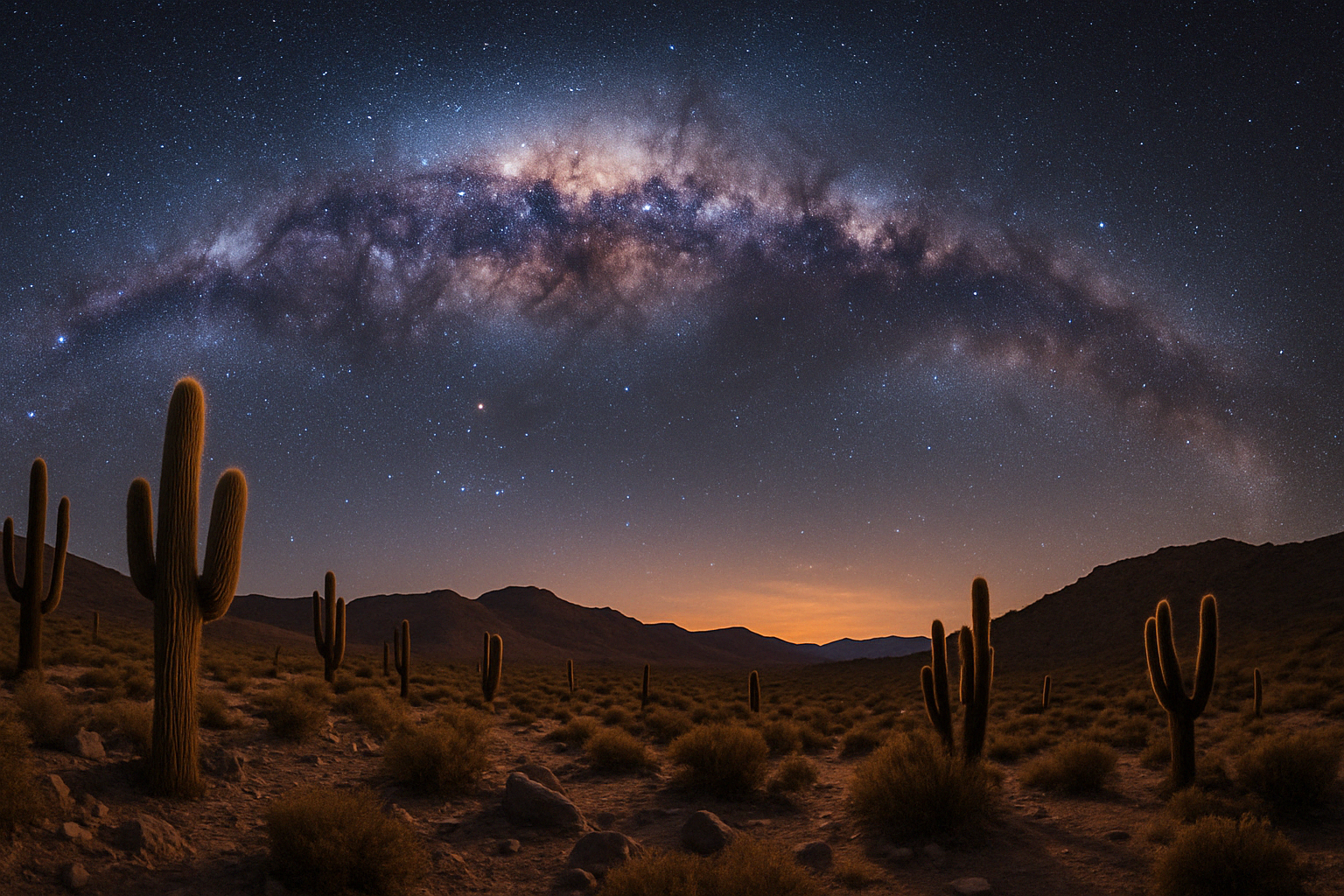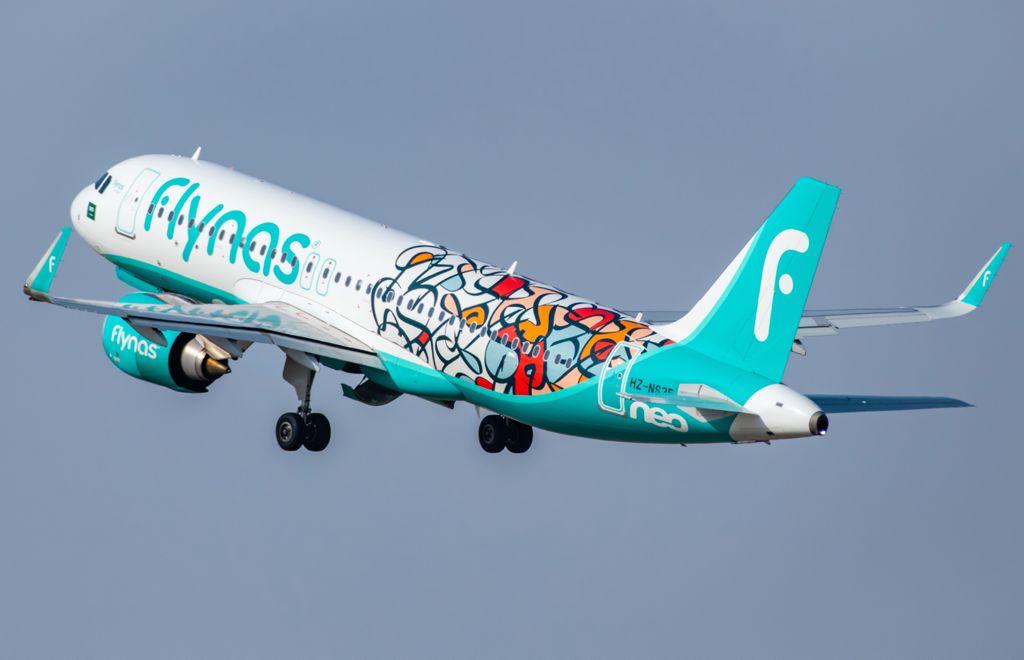When you think of Chile, Patagonia’s dramatic landscapes and Santiago’s bustling streets might come to mind. But for sky-watchers, the real magic lies above. Stargazing in Chile is more than just looking up—it’s a journey into the clearest skies on Earth.
With high-altitude deserts, a dry climate, minimal light pollution, and incredible visibility, Chile is a stargazer’s dream. This South American gem is home to world-class observatories and stunning amateur viewing spots. It’s no wonder Chile plays host to about 70% of global astronomical infrastructure.
Learn why the Atacama Desert is considered one of the best places in the world for stargazing, and how you can plan your own cosmic adventure in Chile.
Chile’s geography plays a starring role in its skyward reputation. Sparse population in the north means very low light pollution. Combine that with high-elevation terrain and an incredibly dry desert climate, and you get optimal stargazing conditions. Observatories like Paranal and ALMA sit between 2,000–5,000 meters above sea level, placing you closer to the stars—literally. These factors, plus the southern hemisphere vantage, make stargazing in Chile unlike anywhere else on Earth.
- Low light pollution keeps the sky dark and crisp.
- Dry air and altitude improve visibility and stability.
- Southern hemisphere location offers unique constellations.
- Global observatories have invested heavily in Chile’s terrain.
If you’re looking for the best places to experience this celestial magic, start in the Atacama Desert. The town of San Pedro de Atacama is the launchpad for guided night tours. You’ll visit locations like Valle de la Luna and the ALMA Observatory, which is home to the world’s largest radio telescope. With over 300 clear nights annually, it’s one of the best places on Earth to view the Milky Way.
For a different vibe, head to Elqui Valley—Chile’s astro-tourism wine region. Here, you can stargaze from eco-lodges with telescopes while sipping local pisco. The Mamalluca Observatory is a popular spot for guided experiences that blend science with storytelling. This region is also a dark-sky reserve protected by law, so light pollution remains minimal.
A must-see for science lovers is the Paranal Observatory. Home to the Very Large Telescope (VLT), it’s one of the most advanced astronomical sites in the world. Located on Cerro Paranal, this high-tech hub welcomes public visits on weekends. The futuristic buildings and dry terrain make you feel like you’ve landed on another planet.
Bring your smartphone and download the Sky Map app. It helps identify planets, stars, and constellations while you’re out in the field.

What will you actually see in Chile’s night skies? Quite a bit. The Southern Cross, Alpha and Beta Centauri, and the Magellanic Clouds are clearly visible. You’ll also be able to observe Saturn’s rings and Jupiter’s moons with a small telescope or even binoculars. During meteor showers like the Geminids and Perseids, you can see dozens of shooting stars per hour if skies are clear.
- The Milky Way: Easily seen with the naked eye
- Magellanic Clouds: Two nearby galaxies only visible from the southern hemisphere
- Southern Cross: A navigational icon of the night sky
- Meteor showers: Best seen between May and December
To make the most of your adventure, avoid full moons, which brighten the sky and reduce visibility. Dress warmly, especially in desert regions where temperatures drop quickly after sunset. Many observatories require advance booking, so plan accordingly.
- Bring binoculars or a DSLR if you enjoy astrophotography.
- Download stargazing apps to assist with orientation.
- Use a red flashlight to preserve night vision.
Few places on Earth offer a more immersive night-sky experience than Chile. Whether you’re on a rugged desert hike, sipping wine in the Elqui Valley, or touring one of the world’s most powerful telescopes, stargazing in Chile will change the way you see the universe—and yourself beneath it.
Catch up on the top stories and travel deals by subscribing to our newsletter!












Leave a Reply